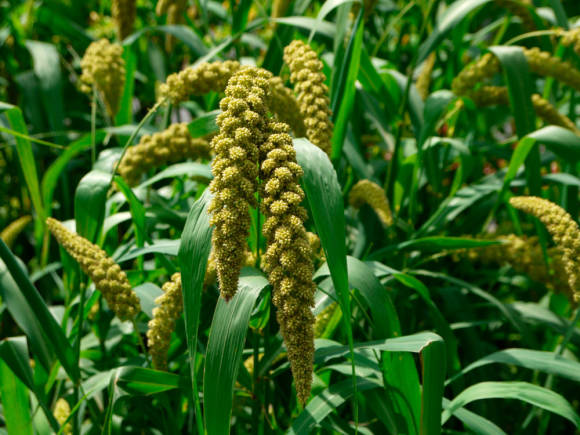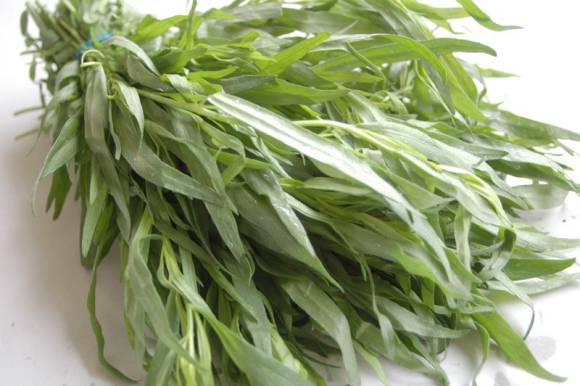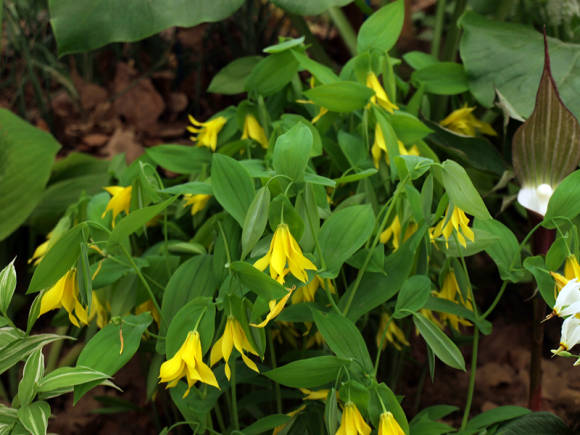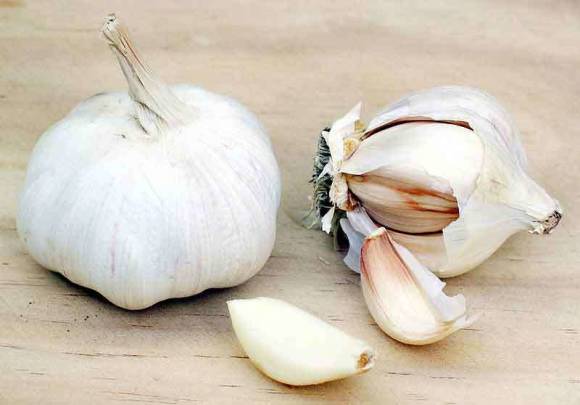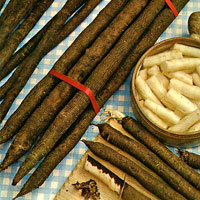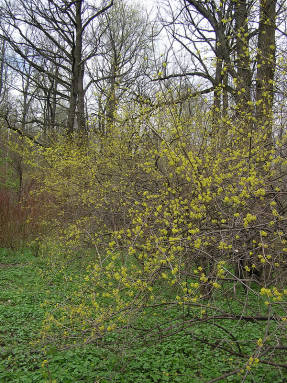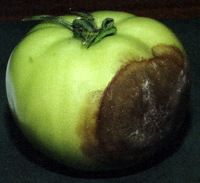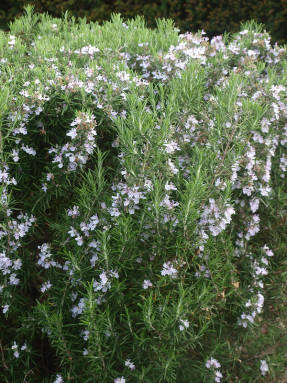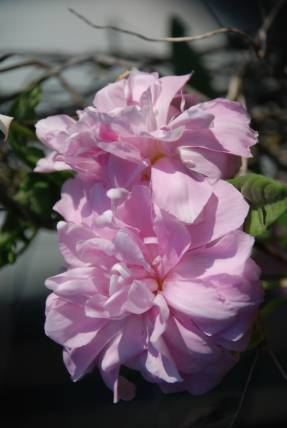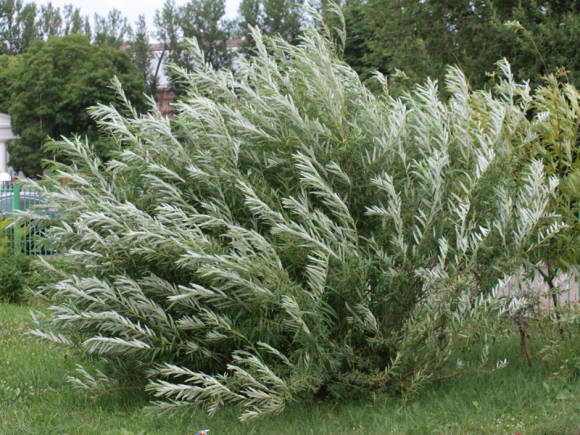
Crocuses are perennial herbaceous plants that belong to the iris family. They are perhaps the most popular among small-bulbous plants.
At the word "crocus", most gardeners imagine a spring flower garden, but few people know that there are many crocuses blooming in autumn, which for some reason are much less common in amateur gardens than spring ones.
Spring-flowering crocuses are distinguished by very bright, elegant flowering among half-melted snow, immediately after the snowdrop, for 8-15 days. Therefore, when planning planting, it is necessary to think in advance how to preserve the decorative effect of the garden even after the end of the flowering of crocuses.
Crocus flowers are goblet, up to 5 cm in diameter, on a short stem up to 10 cm long, so they are completely unsuitable for cutting. Crocus leaves are narrow, linear, rigid, with a silvery-white stripe in the middle; they appear at the same time as flowers, but generally develop after flowering ends.
Each corm forms one to four peduncles. Therefore, abundant flowering of crocuses is observed in the second and third years after the autumn planting, when instead of one bulb, a whole nest of 6-8 pieces or more is formed.
During this time, crocuses form a magnificent solid carpet of white, yellow, light blue and purple flowers with bright orange pistils. They look especially good in small clumps in the foreground of the lawn and under the crowns of fruit trees that have not yet blossomed. They are also suitable for curbs.

But if crocuses are planted on the lawn, then you need to choose a place where the grass is not very thick, and do not forget that you can mow the grass in this place only after their leaves have completely died off, i.e. in the second half of June.
They go well with muscari, scillas, primroses and other early flowering plants, are good in mixborders and rockeries among stones, and are also suitable for winter forcing.
And autumn-flowering crocuses will look great in combination with evergreen ground cover plants. In this case, the flower bed will look as if summer continues, and the coming autumn has not touched it.
The most famous are large-flowered spring crocuses, there are many varieties of them. But although they are very beautiful, they are not the best for landscaping. bloom for about 12-15 days. Most of the so-called species crocuses are in bloom for up to 20 or even up to 25 days. And varieties of golden-flowered crocus (ringed crocuses) are famous for their abundant flowering and the richest range of colors.

Crocuses are most fond of sunny, sheltered from the wind, they grow on most types of soil, except for wetlands and very acidic soils. They should not be planted where a lot of snow accumulates.
They reach their best development on well-drained, light soils filled with organic fertilizers. At the same time, in no case should fresh manure be introduced for digging the soil for crocuses.
Good drainage is essential for successful crocus cultivation. To do this, it is necessary to add a significant amount of fine gravel and coarse river sand to the upper soil layer.
Crocuses are propagated by corms, babies and seeds. They are planted in September so that the bulbs take root, but do not germinate, but dug out in June, when the leaves turn yellow. They are dried, sorted and stored in a well-ventilated area until planting.
Crocuses can grow in one place for 5-6 years or more. But it is better to plant them after 3-4 years, because when the plantings thicken, the flowers become much smaller.
Crocus seeds are sown in the fall. The plants that have grown from them bloom in the 3-4th year.
With accelerated reproduction, the bulbs are dug up every year. Each large flowering bulb for the next year gives 2, less often 3-4 bulbs capable of blooming, and 5-10 children.
Like all bulbs, the planting depth of corms depends on their size: for large - 8-10 cm, for medium - 4-5 cm, for small and children - 2-3 cm. The distance between the bulbs is 6-10 cm from each friend.

A very deep planting inhibits the vegetative propagation of crocuses, but promotes the formation of larger corms. Therefore, if you need to get material for forcing, then you need to plant deeper, and if you want to multiply your favorite variety faster, then you need to plant less deeply.
Crocuses are very responsive to mineral feeding. The first feeding is carried out in early spring in the snow, and the second - during flowering, adding 1 tbsp. spoon of nitrophoska per 1 sq. meter of flower garden or special liquid organo-mineral fertilizers for bulbous plants.

Crocuses need to be mulched with fallen leaves or peat chips. in cold winters, many varieties can freeze out. But do not rush to destroy the dead landings, because buds near the dead bulb can renew and give new plants.
Crocuses sometimes begin to wither when grown on a lawn. Obviously, this is because the delicate roots of the crocus have a hard time competing with the roots of the cereals. And therefore, crocus sprouts simply cannot break through the dense sod.
To avoid this, you can do this. Carefully break off the bottom of a clay pot 7–8 cm in diameter and bury it in the lawn. Then fill its pot with earth and plant crocus bulbs in it. Since the roots of the lawn grasses are located in the upper layer of the soil, and the roots of the crocuses will be directed downward, the plants will no longer be competitors.
